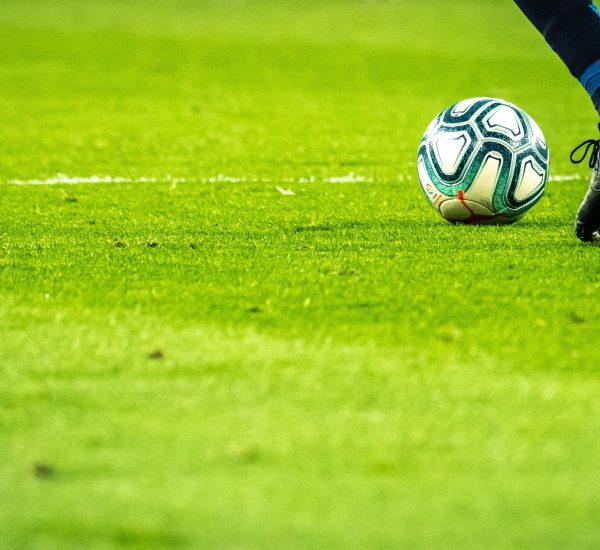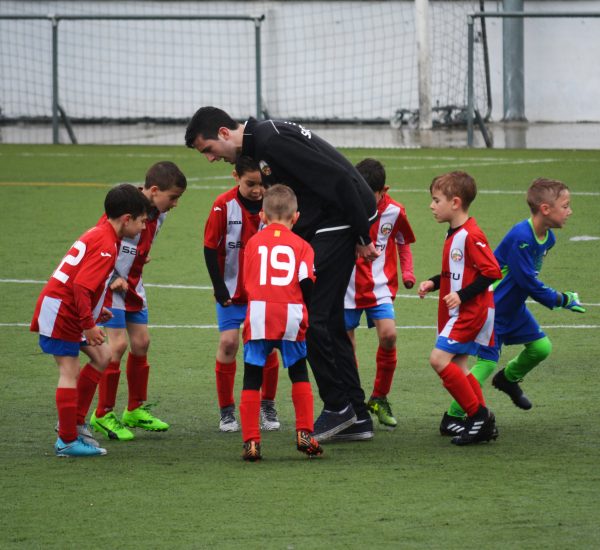Heading a soccer ball is an invaluable skill that enables players to direct it in their desired direction, whether to another player, across the field, or even into the goal.
However, it’s essential to recognize that heading can be dangerous if done incorrectly. This is because the head is subjected to significant force when performing this action.
Heading the Ball
Heading the ball is an essential skill for playing soccer. As a center-back, you can use it to defend set pieces against attacks from midfield or score goals as a striker.
However, soccer also poses a risk of injury. The most common soccer injuries, including concussions, occur when the player’s head is struck hard against the ground or collides with another player.
Younger players have an increased risk of injury due to their inexperience with proper head use and incorrect body movements, which can increase their vulnerability to injury.
To minimize the risks of injury, young players should wait until they are older and stronger before beginning to head the ball. This will give them time to focus on mastering the technique at their feet first, increasing their comfort level.
Players as they grow older and stronger, can practice their heading skills during practice sessions. This will make it easier for them to become comfortable with how their heads should move when heading the ball, helping reduce the risk of head injury.
Players need to stay hydrated when heading the ball. Therefore, they should drink plenty of water prior to, during, and after every practice or game.
Players should be instructed to notify their coaches immediately if they experience discomfort while heading the ball. This could include a headache, dizziness, sensitivity to light, or blurred vision.
Once players begin experiencing these symptoms, they should stop heading the ball until their coach can check them out. They should also be instructed not to resume training until after being evaluated by an athletic trainer, doctor, or nurse.
The heading is an integral part of soccer but can cause pain if done incorrectly or with poor technique. This article will offer tips to minimize any discomfort you may feel while heading the ball. With these tricks in hand, you can ensure your soccer career thrives!
Preparation
When playing soccer, one of the most challenging moves to master is heading the ball. This can be done for the defense to give a goalkeeper time to move or offensively as an attempt to change the direction of the ball or pass it to someone closer to make a shot.
To prevent injuries, you should learn how to head the ball correctly. Doing this will save you a lot of pain in the future and enable you to be more successful on the field.
To prevent injury when heading the ball, practicing proper technique and using various drills is important. Staying hydrated during training is highly recommended – particularly on hot, sunny days.
By practicing with various balls, you will become more familiar with their feelings and know where to strike them with your head when heading it. Please keep your eyes open as you run the ball so that you can pinpoint precisely which part of it you want to strike with your head.
Another essential thing to remember is never to attempt to head the ball if you experience any neck or back pain. If this occurs, stop training immediately and consult with a doctor or nurse.
A quality head coach can help you with this and offer some tips to avoid problems from occurring in the first place. Some of the most valuable suggestions include the following:
1. Practice Heading from a Kneeling Position
This drill is ideal for honing the heading technique and is safe for all players. Start by having your players kneel in front of a partner; once they feel comfortable doing this, you can increase the distance between them to 10 meters and increase each level’s number of participants accordingly.
Contact with the Ball
Soccer headers are one of the most difficult skills in the game, as they place your head under intense pressure. This can lead to numerous injuries, such as concussions and brain damage.
But, there are ways to minimize any discomfort you might feel when heading a soccer ball. The key is preparation and learning how to execute the technique correctly.
Sonnett recommends that to be successful at soccer headers; you must learn to anticipate when the ball will head your way and attack it in the air. Furthermore, practicing before each header can improve timing and accuracy.
When jumping, slightly bend your knees – just like when kicking the ball – to gain momentum and enhance the jump’s power.
Timing your jump is vital when heading the ball; being high enough in the air gives you a better grip and more power when striking it.
Horan recommends that once in the air, you judge where the ball will go next and attack it by snapping your head forward. Doing so will create enough force to re-direct the ball back onto its intended path.
Additionally, he recommends using both your upper body and legs to generate more power when you kick the ball. Doing so can improve your chances of making an accurate shot or pass.
Do a thorough warm-up before practice or games to avoid concussions and other injuries. The most efficient warm-ups include large, controlled movements that raise body temperature and circulation of blood to muscles and joints.
Before any soccer match or practice session, warm up all major muscle groups by stretching. This can reduce the risk of injury and enhance your performance on the field.
Soccer injuries are unfortunately quite common among youth players. They usually involve sprains and strains, necessitating rest and recovery from exercise to avoid overuse injuries.
Post-Header Pain
It’s no secret that headers are a must-do for many aspiring pro or college players. A survey of college students revealed that headers accounted for over 20% of all tackles made.
Unfortunately, there are no hard statistics on how often players attempt to score that winning goal, raising concerns about brain damage and associated paranoia. Fortunately, there are steps you can take to minimize your chance of suffering such an injury.


